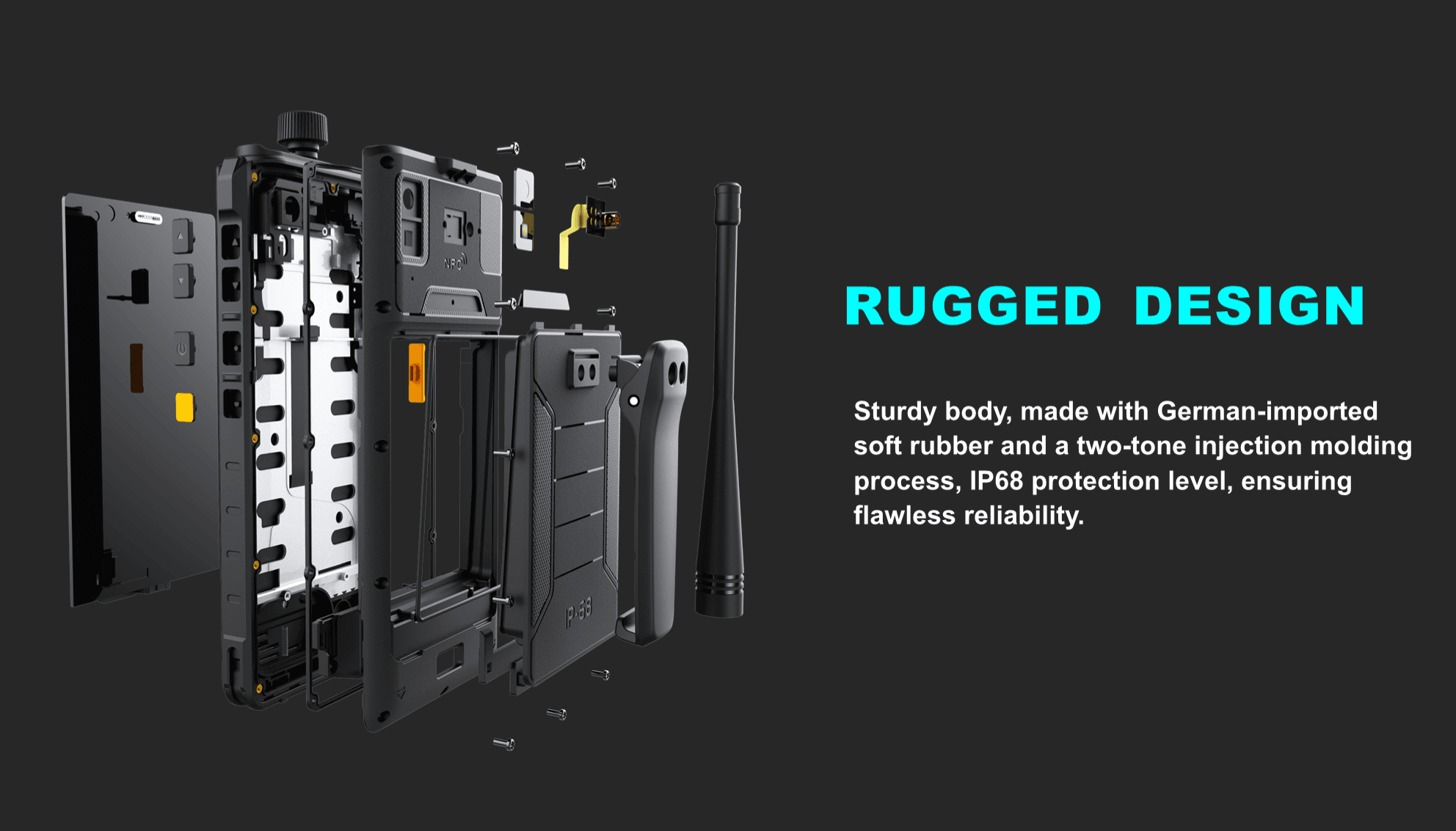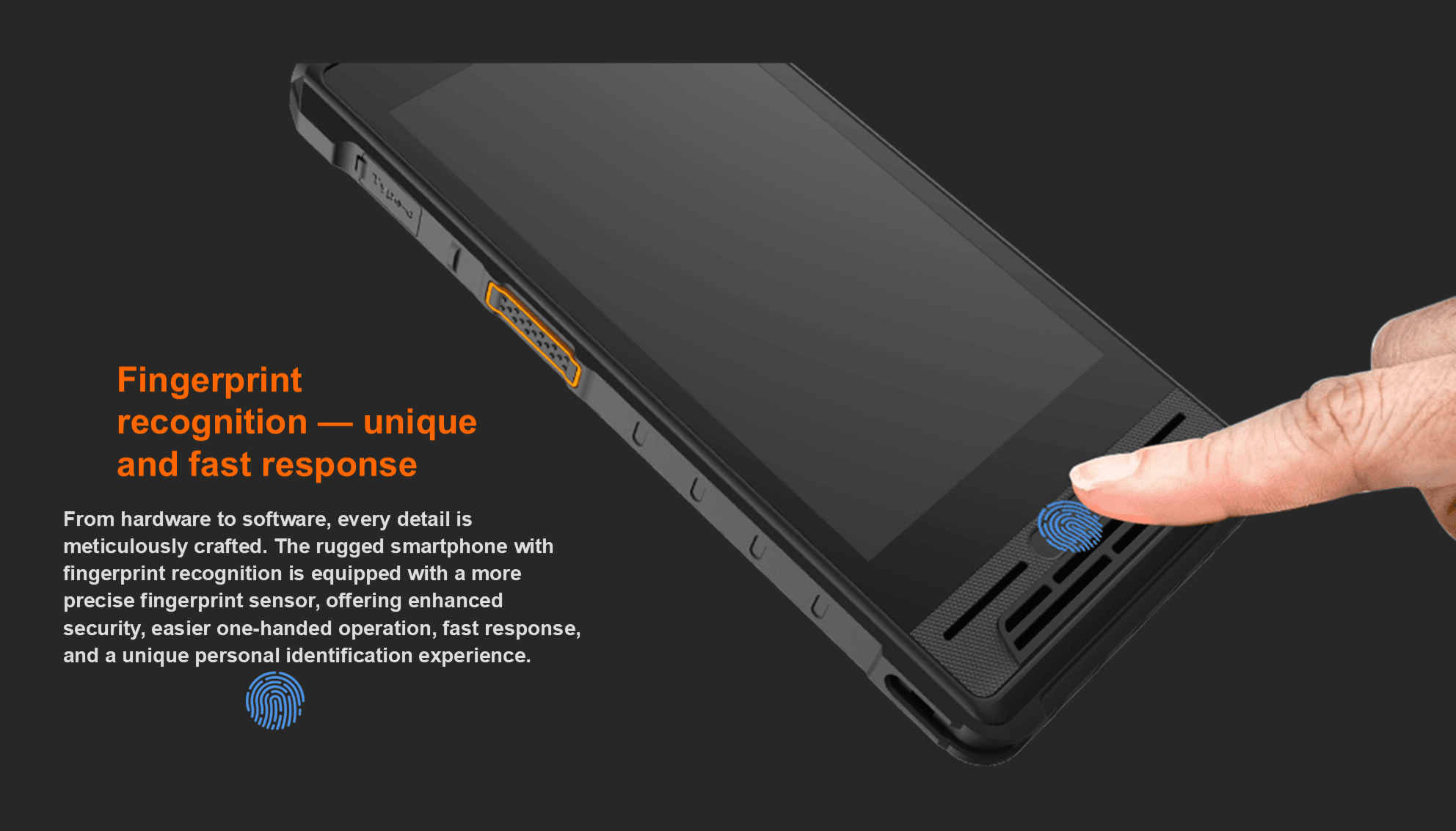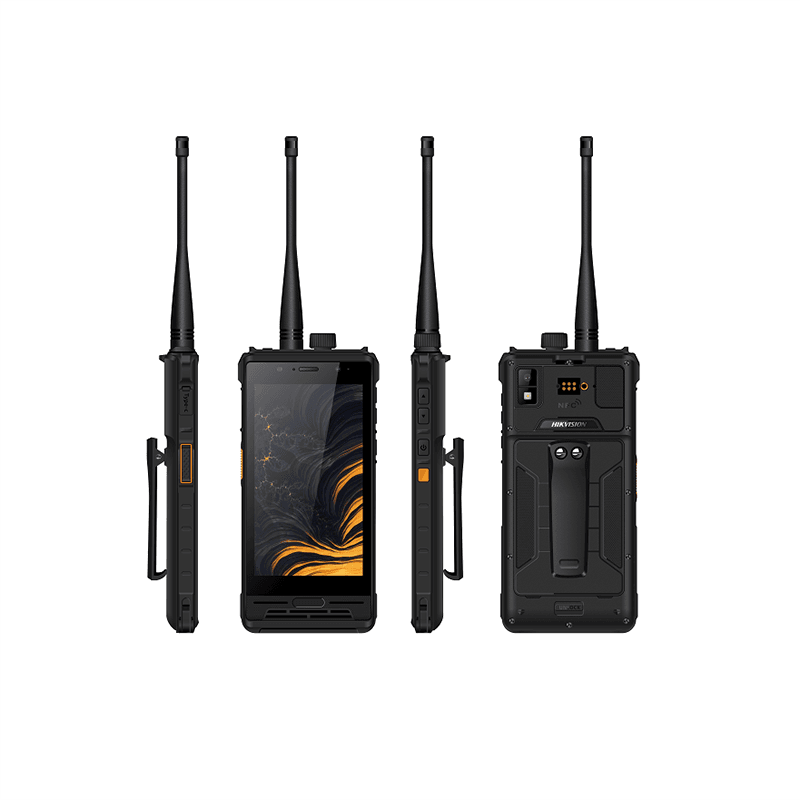Data Loss Prevention in Extreme Vibration Environments | ATEX-Certified Industrial Safety
Introduction
In industrial sectors like oil, gas, and mining, maintaining data integrity is crucial for safe and efficient operations. Equipment in these environments often faces extreme vibration, heat, and explosive atmospheres, all of which can cause hardware damage and catastrophic data loss. Effective data loss prevention is not just about protecting information — it’s about ensuring operational continuity, safety, and compliance with industrial safety standards like ATEX certification.
This article explores practical data loss prevention strategies to help safeguard vital digital systems from vibration-related risks.
Understanding the Problem: How Vibration Causes Data Loss
Vibration is one of the most underestimated threats to digital infrastructure. In high-vibration environments — such as drilling rigs, chemical plants, or mining operations — even small, repetitive shocks can lead to:
Displacement of internal components
Corruption of storage media
Hardware malfunction or total failure
When left unchecked, this can result in irreversible data loss, production downtime, and safety incidents.
Data Loss Prevention
Impact of Vibration on Data Storage
Let’s understand how vibration directly affects common storage systems:
Hard Disk Drives (HDDs): These drives have spinning platters and delicate read/write heads. Constant vibration disturbs their alignment, causing read/write errors and potential data corruption.
Solid State Drives (SSDs): Although more robust, SSDs can still face issues like solder joint cracks or controller damage due to prolonged exposure to vibration.
Both types of storage require special attention in data loss prevention planning within industrial environments.
ATEX mobile phone and Its Role in Data Loss Prevention
The ATEX directive ensures that electronic devices can safely operate in explosive and hazardous areas. ATEX-certified systems are engineered to resist:
Severe vibration and shock
Sudden temperature fluctuations
Dust, water, and gas exposure
By using ATEX-rated storage and computing systems, industries significantly reduce the risk of data loss and ensure compliance with international safety regulations.
Best Practices for Data Loss Prevention in Vibrating Environments
1. Use Industrial-Grade Hardware
Consumer-grade electronics are not designed for high-vibration zones. Choose rugged, industrial SSDs, vibration-resistant servers, and ATEX-approved devices that comply with MIL-STD-810G standards for vibration and shock resistance.
2. Proper Mounting and Isolation
Equipment should be securely mounted using anti-vibration brackets and shock-absorbing materials. This minimizes physical stress on storage components, thereby extending their lifespan and contributing to effective data loss prevention.
3. Implement Data Redundancy Systems
In environments where data integrity is critical, redundancy is your safety net. Use RAID systems, cloud backups, or redundant local storage. In the event of hardware failure, this ensures that your data remains recoverable.
4. Regular Monitoring and Maintenance
Conduct periodic checks for vibration levels, temperature changes, and drive health. Using IoT-based predictive maintenance systems allows operators to detect early warning signs and take preventive measures before any data loss occurs.
5. Prefer Solid-State Drives (SSDs)
While SSDs can be costlier than HDDs, they are more reliable in vibration-heavy environments. Since they lack moving parts, SSDs are ideal for data loss prevention in oil refineries, mining sites, and gas plants.
6. Environmental Control and Equipment Coupling
Use vibration dampers and shock isolators around sensitive equipment. This reduces external mechanical stress and protects your digital systems from indirect vibration exposure.
7. Encrypt and Back Up Data Securely
Encryption ensures that even if your data is compromised or the hardware fails, the information remains inaccessible to unauthorized users. Combine this with automated cloud backups for complete data loss prevention coverage.
Modern Vibration-Resistant Technologies
Innovations in industrial computing have led to the development of rugged, ATEX-rated devices specifically designed for high-vibration zones. These include:
Reinforced data connectors
Shock-absorbing enclosures
Thermal and EMI shielding
SSD-based logging systems
Such advancements have revolutionized data loss prevention by ensuring operational continuity even in the harshest industrial settings.
System Design for Data Reliability
Designing an effective data loss prevention system goes beyond choosing the right hardware. It also involves:
Planning redundant power supplies
Proper cable routing and grounding
Implementing electromagnetic shielding
Using automated backup schedules
Each design element contributes to long-term system reliability and minimizes downtime risk.
Case Study: Offshore Oil-Rig Data Protection
Offshore oil rigs experience constant vibration from drilling and wave motion. Engineers combat this by deploying ATEX-certified rugged computers with redundant SSD arrays and anti-vibration mounts.
This setup has drastically reduced system downtime and protected mission-critical drilling data, proving the effectiveness of industrial-grade data loss prevention methods.
Conclusion
In hazardous and high-vibration environments, data loss prevention isn’t optional — it’s a core safety and operational necessity. By using rugged ATEX-certified device ensuring redundant backups, and maintaining strict preventive maintenance, industries can safeguard their data, minimize downtime, and improve overall reliability.
Investing in the right data loss prevention strategy today ensures your digital infrastructure can endure tomorrow’s industrial challenges.
FAQs
1. What is Data Loss Prevention (DLP)?
Data Loss Prevention (DLP) refers to strategies and technologies used to detect and prevent unauthorized access, corruption, or loss of data in digital systems.
2. Can SSDs fully prevent data loss in vibration environments?
SSDs are more resistant than HDDs but not completely immune. Combine SSDs with redundancy and regular backups for full protection.
3. How often should vibration and data integrity checks be performed?
Monthly inspections are recommended, but in high-vibration zones, perform checks weekly for early detection of potential risks.
4. Why is redundancy essential for data loss prevention?
Redundancy ensures that even if one system fails, a backup copy of your data remains accessible — avoiding costly downtime.
5. Are ATEX-rated devices worth the investment?
Yes, because they prevent data corruption and system failures in hazardous environments while keeping personnel and assets safe.
6. What’s the best data backup strategy for harsh industrial conditions?
Use automated cloud backups combined with on-site redundant SSD arrays for the most reliable protection.
7. Can electromagnetic interference also cause data loss?
Yes, EMI can disrupt signal integrity. Shielding and proper grounding are crucial for data loss prevention in industrial setups.












